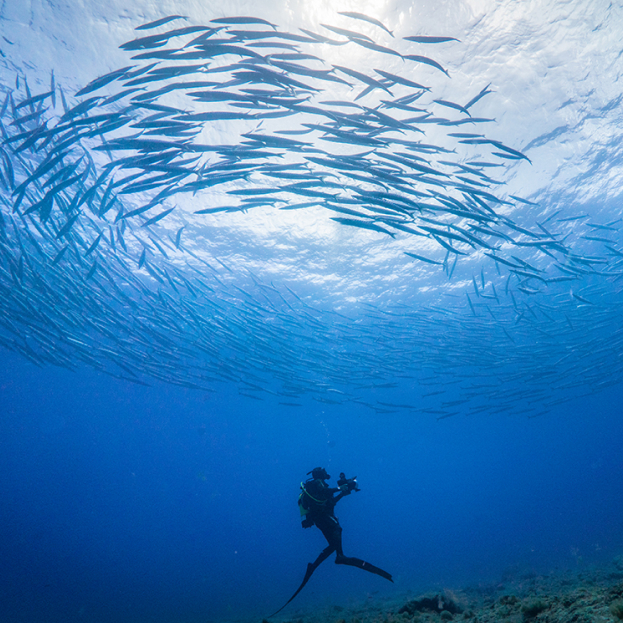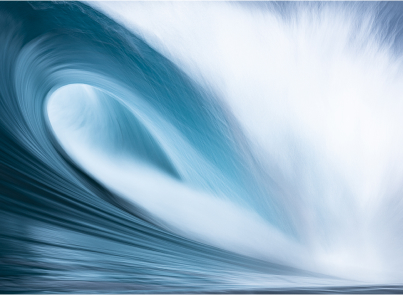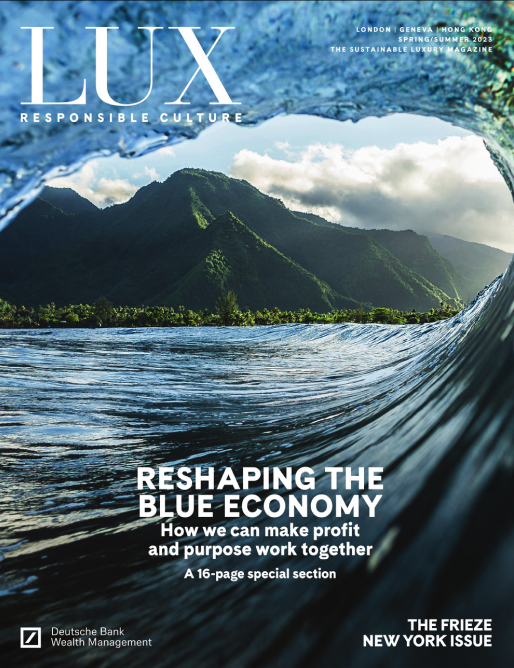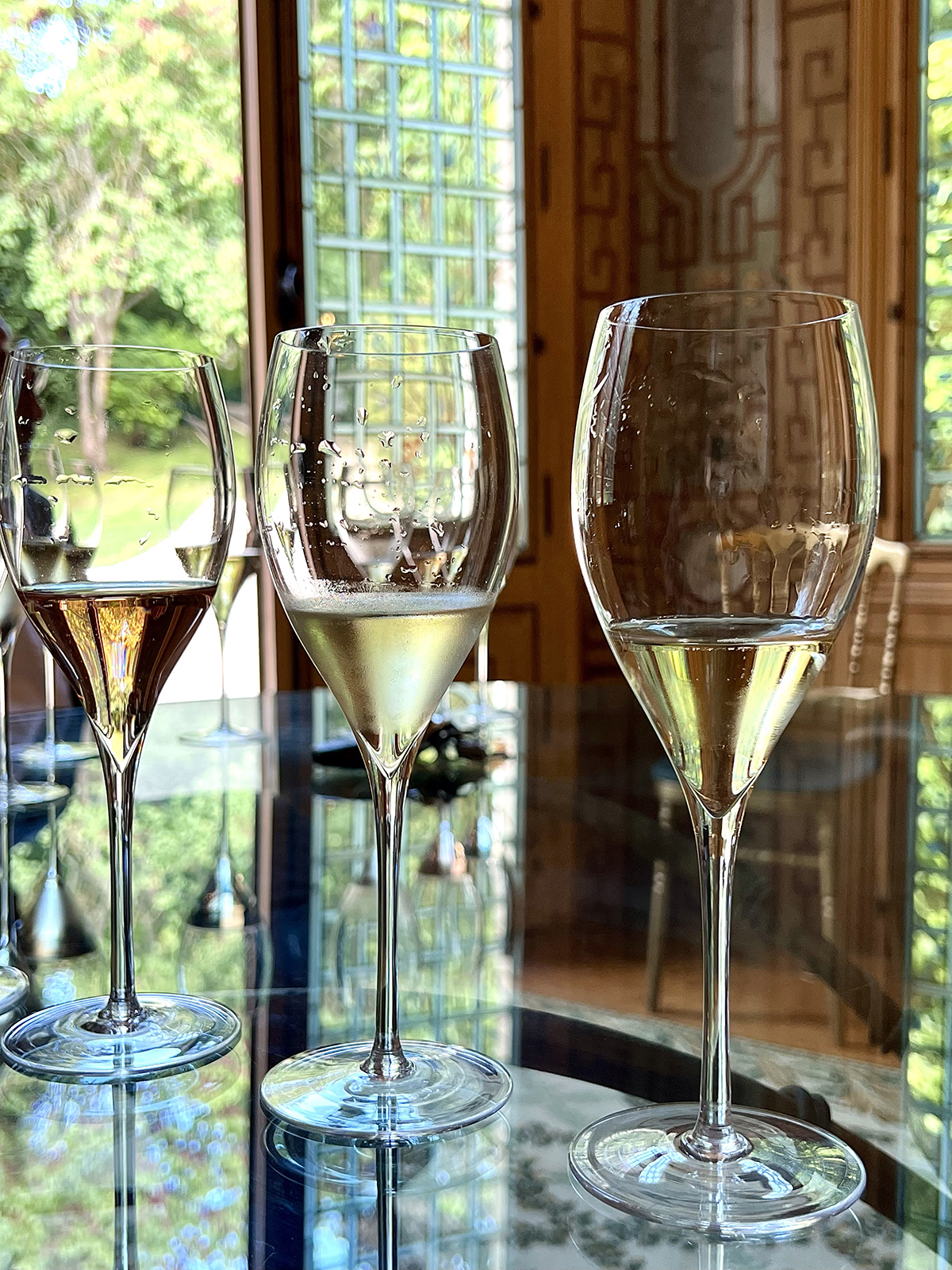LUX x Deutsche Bank
As global content and marketing partner for Deutsche Bank, we create content, virtual and real life events, business, academic, institutional and individual introductions, and collaborate on ESG strategy.

Photo by Andy Mann

Photo by Ben Thourad
Case Study
Deutsche Bank x LUX ESG Strategy
The Mission
To help Deutsche Bank position themselves as the lead banking institution to be pioneering ocean conservation and the blue economy.
Execution
Sourcing and securing key leaders to participate in events and conferences around sustainability and in particular ocean conservation and the blue economy.
Thought leadership content streams created for Deutsche Bank over multiple channels.
16 page section in LUX magazine and online featuring leaders in the ocean economy, investors and philanthropists developed over several years with a special edition dedicated to the conference.
Introductions to partners who can enhance Deutsche Bank’s involvement in the ocean conservation space.
Direct Introductions to potential clients who are interested in investing in the blue economy or philanthropically towards the Deutsche Bank Ocean Resilience Philanthropy Fund.
Result
Created high engaging, original and successful events conference connecting ideas, entrepreneurs, thinkers and leaders.
Formed long term-partners and clients in the ocean conservation space.
Produced content for the intended audience showing Deutsche Bank’s commitment to ocean conservation.
Case Study
Deutsche Bank x LUX ESG Strategy
The Mission
To help Deutsche Bank position themselves as the lead banking institution to be pioneering ocean conservation and the blue economy.
Execution
Sourcing and securing key leaders to participate in events and conferences around sustainability and in particular ocean conservation and the blue economy.
Thought leadership content streams created for Deutsche Bank over multiple channels.
16 page section in LUX magazine and online featuring leaders in the ocean economy, investors and philanthropists developed over several years with a special edition dedicated to the conference.
Introductions to partners who can enhance Deutsche Bank’s involvement in the ocean conservation space.
Direct Introductions to potential clients who are interested in investing in the blue economy or philanthropically towards the Deutsche Bank Ocean Resilience Philanthropy Fund.
Result
Created high engaging, original and successful events conference connecting ideas, entrepreneurs, thinkers and leaders.
Formed long term-partners and clients in the ocean conservation space.
Produced content for the intended audience showing Deutsche Bank’s commitment to ocean conservation.

Photo by Ben Thourad

Photo by Ben Thourad

Photo by Ben Thourad

Photo by Ben Thourad

Photo by Ben Thourad

Photo by Ben Thourad
Case Study
Deutsche Bank x Frieze Art Fair x LUX
The Mission
Amplified Deutsche Bank’s leadership role as a bank in the art world, produced content for the intended audience showing Deutsche Bank’s commitment to art, and formed partnerships and client relationships.
Execution
Year round content creation and coverage in print, online, social media
and video.
Introductions to collectors and artists.
Exclusive events at Deutsche Bank, Frieze lounge and collectors’ homes.
Interviews and interactions with artists and collectors.
Special issues of LUX devoted to Deutsche Bank x Frieze.
Result
Amplified Deutsche Bank’s leadership role as a bank in the art world.
Produced content for the intended audience showing Deutsche Bank’s commitment to art.
Formed partnerships and client relationships.
Case Study
Deutsche Bank x Frieze Art Fair x LUX
The Mission
Amplified Deutsche Bank’s leadership role as a bank in the art world, produced content for the intended audience showing Deutsche Bank’s commitment to art, and formed partnerships and client relationships.
Execution
Year round content creation and coverage in print, online, social media
and video.
Introductions to collectors and artists.
Exclusive events at Deutsche Bank, Frieze lounge and collectors’ homes.
Interviews and interactions with artists and collectors.
Special issues of LUX devoted to Deutsche Bank x Frieze.
Result
Amplified Deutsche Bank’s leadership role as a bank in the art world.
Produced content for the intended audience showing Deutsche Bank’s commitment to art.
Formed partnerships and client relationships.

 Read Deutsche Bank
Read Deutsche Bank
special edition

 Read Deutsche Bank
Read Deutsche Bank
special edition
Contact us
For partnership, event and advertising enquiries
please contact
[email protected]
 Follows us on Instagram
Follows us on Instagram
Contact us
For partnership, event and advertising enquiries
please contact
[email protected]
 Follows us on Instagram
Follows us on Instagram
Read also
Read also


























Recent Comments